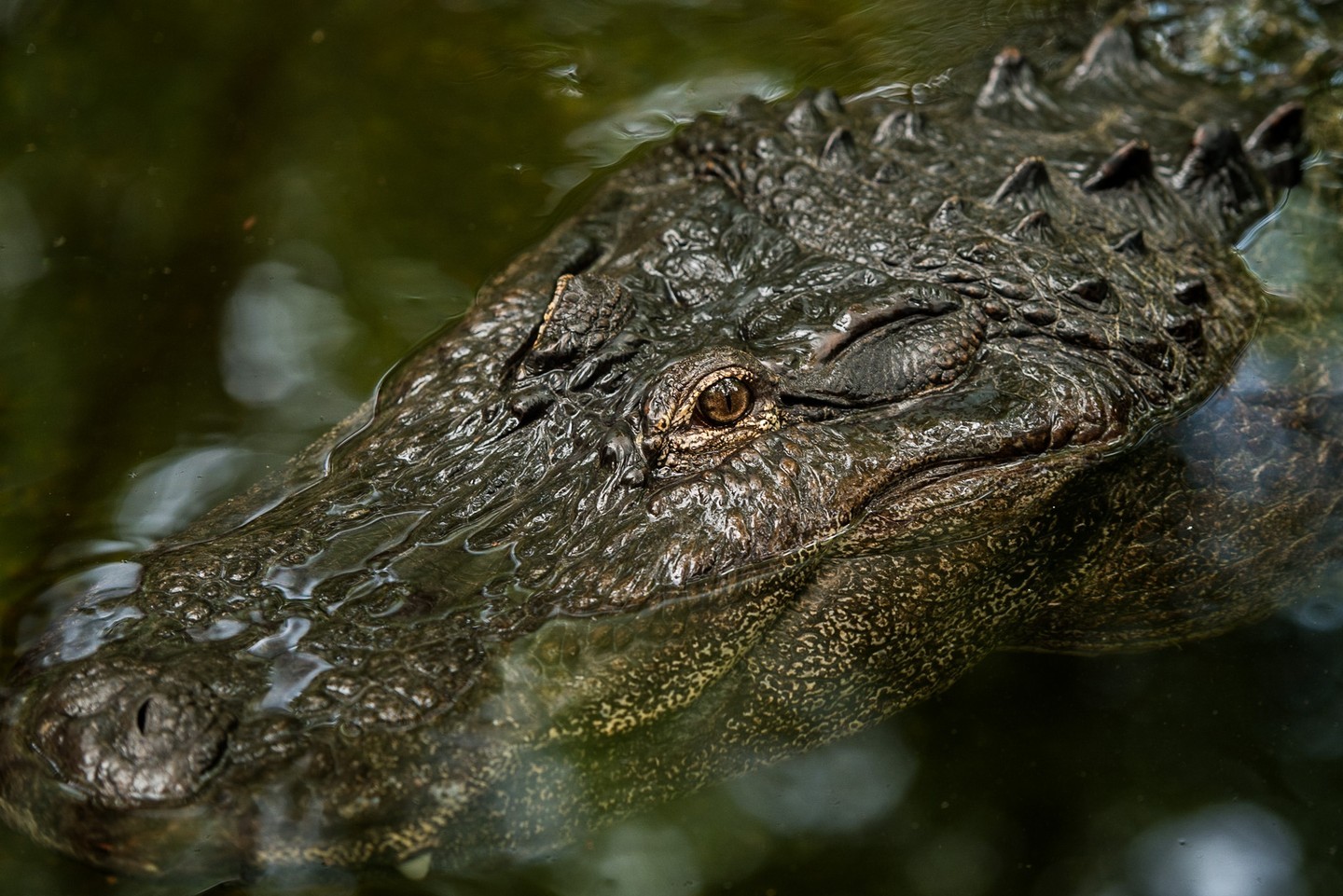– The biology and behavior of American alligators in habitats like Cypress Swamp
– The role of zoos and wildlife conservatories in alligator conservation and education
– How alligators adapt to both aquatic and terrestrial environments
– The importance of safety and respect for alligator habitats in the wild
– Engaging the public with alligator conservation through awareness and humor
American alligators are one of the most fascinating and resilient creatures inhabiting wetland ecosystems in the United States, particularly in places such as Cypress Swamp. These majestic reptiles offer a glimpse into prehistoric times, showcasing a successful adaptation that has allowed them to thrive for millions of years. A detailed understanding of their biology and behavior provides invaluable insights into how to manage and conserve these animals in their natural habitats.
The American alligator, scientifically known as Alligator mississippiensis, has a complex life cycle and a variety of behaviors that are inherently tied to their environment. For instance, alligators at Cypress Swamp have been observed staying submerged for long hours, especially when not active. This is because they have a low metabolic rate and can slow their heart rate down, which allows them to conserve oxygen and remain underwater for extended periods—sometimes up to 24 hours in cooler temperatures.
Alligators are ectothermic, or cold-blooded, relying on external heat sources to regulate their body temperature. This adaptation means they are often found basking in the sun to warm up or lingering in the water to cool down. Their physical anatomy facilitates their ability to thrive in water and on land—webbed feet for swimming and powerful limbs for mobility on the ground.
Zoos and wildlife conservatories, including Cypress Swamp, are pivotal in alligator conservation. They provide habitats that replicate natural environments for educational purposes, conduct research on species behavior and genetics, and participate in managed breeding programs to maintain healthy alligator populations. Importantly, these institutions also serve as rescue centers for alligators displaced from their natural habitats or found in areas with a high likelihood of human-alligator conflict.
Conservation activities extend beyond managed environments into efforts that protect wild populations. Habitats are monitored for health and stability, ensuring alligators can access ample prey and suitable nesting sites. Safeguarding wetlands and waterways from pollution and development helps to maintain the ecological balance essential for alligators and countless other species that share their habitats.
Safety in areas where alligators are present is another focal point for both conservationists and the public. While alligator attacks on humans are rare, they can occur, particularly if humans feed alligators or venture too close to nesting females or young alligators. Education campaigns often stress the importance of observing wildlife from a safe distance. Essential advice includes avoiding swimming in areas known for alligator activity, keeping pets on leashes, and never approaching or provoking these animals.
Engaging the public with alligator conservation often involves humor. For instance, lighthearted alligator puns can be a fun way to attract attention to educational material. By linking these puns to factual content—such as their ability to camouflage or the power of their jaws—educators can create memorable messages that promote awareness and respect for alligators.
Understanding the natural behavior and ecological importance of alligators at Cypress Swamp brings untold benefits. It fosters responsible interactions with wild populations, supports habitat preservation efforts, and encourages community involvement in conservation measures. The American alligator is not just an icon of swampland biodiversity but also a keystone species, playing a crucial role in maintaining the health of their ecosystems. Through education and conservation efforts, we can ensure that alligators continue to inhabit our waterways and landscapes for generations. Each encounter with these reptiles, whether in the wild or captivity, is an opportunity to celebrate and support the intricate web of life they represent.
*****
Source Description
Don’t forget to check in the water and land for our alligator friends down at Cypress Swamp! They can stay underwater for hours at a time when not active. 🐊
What’s your favorite alligator pun? 😂


